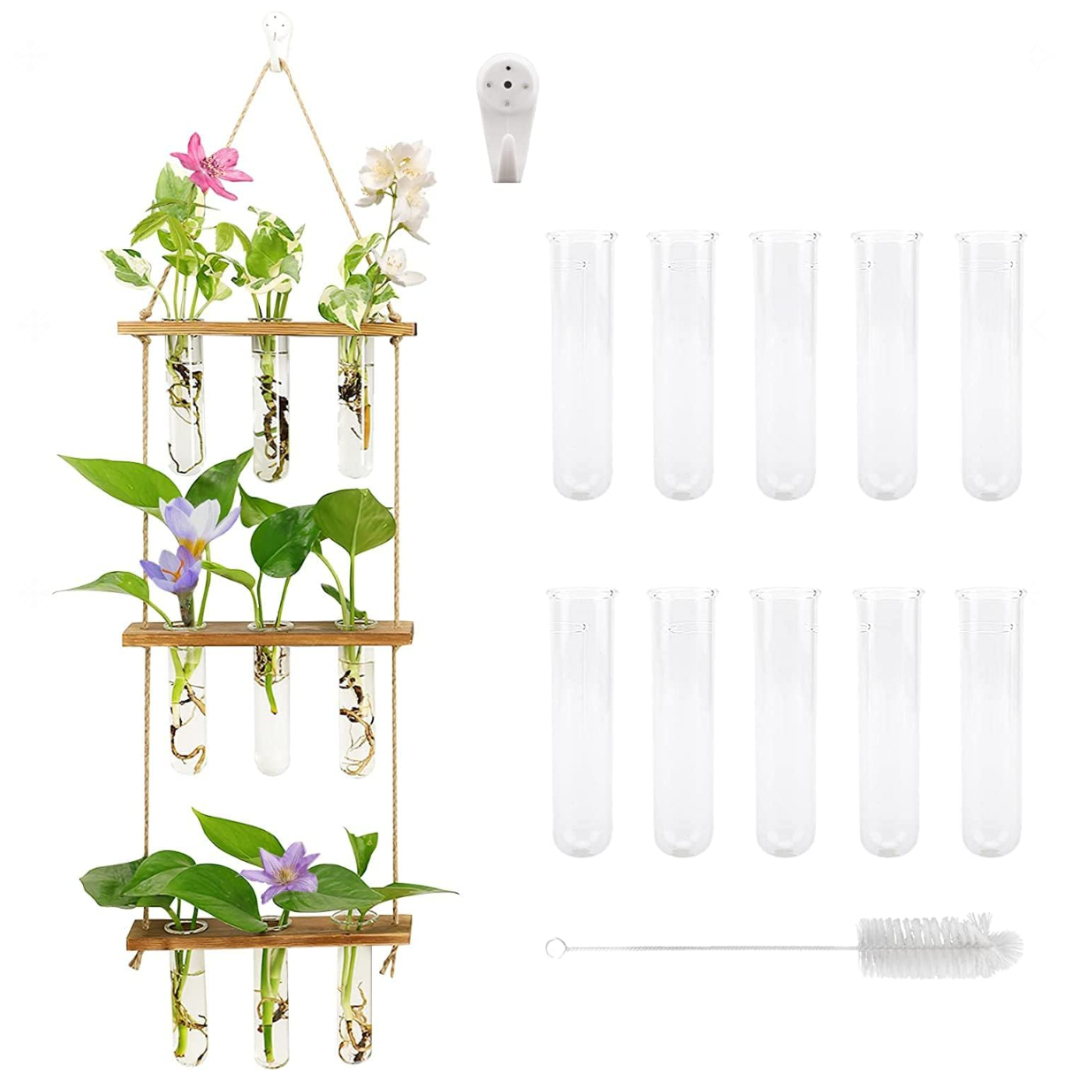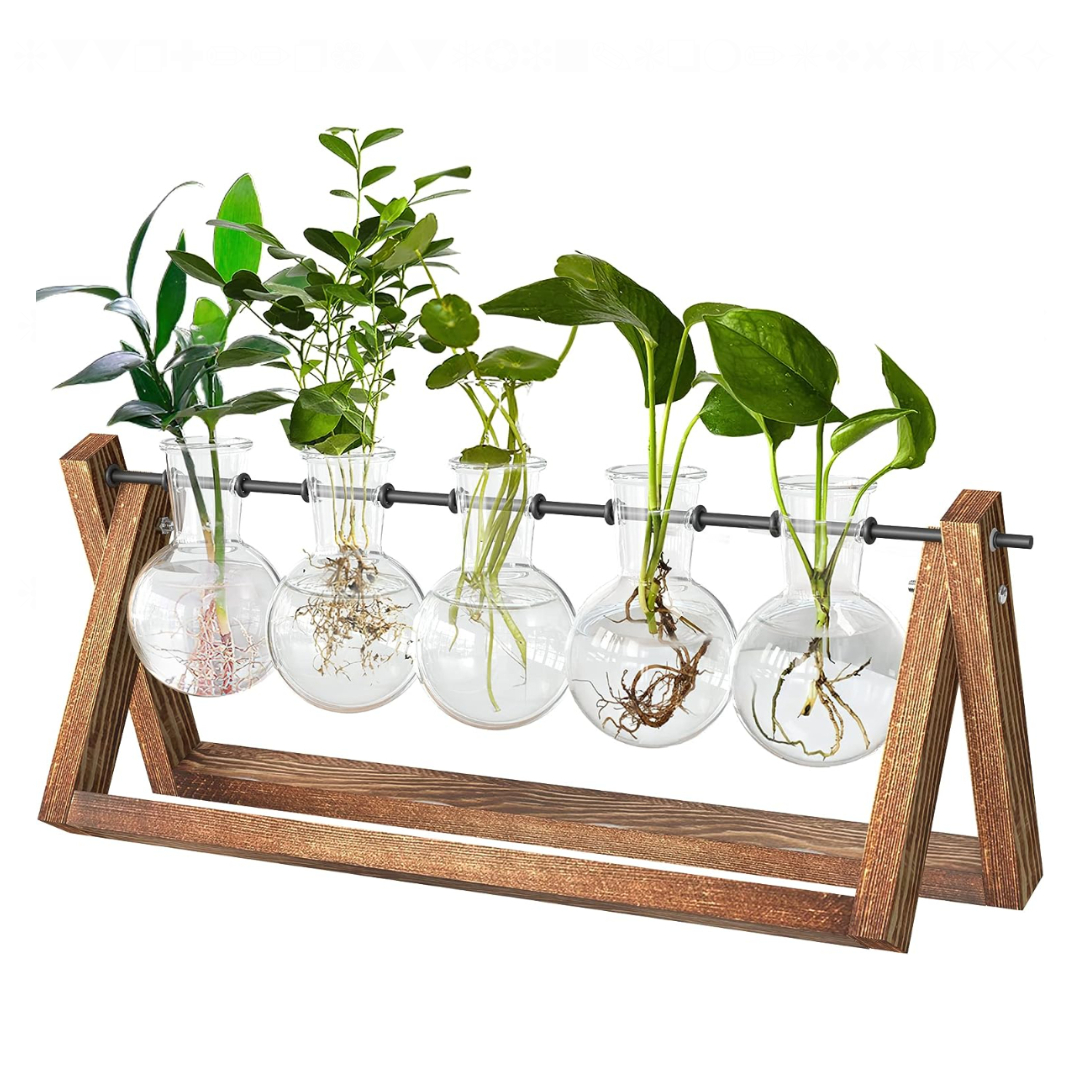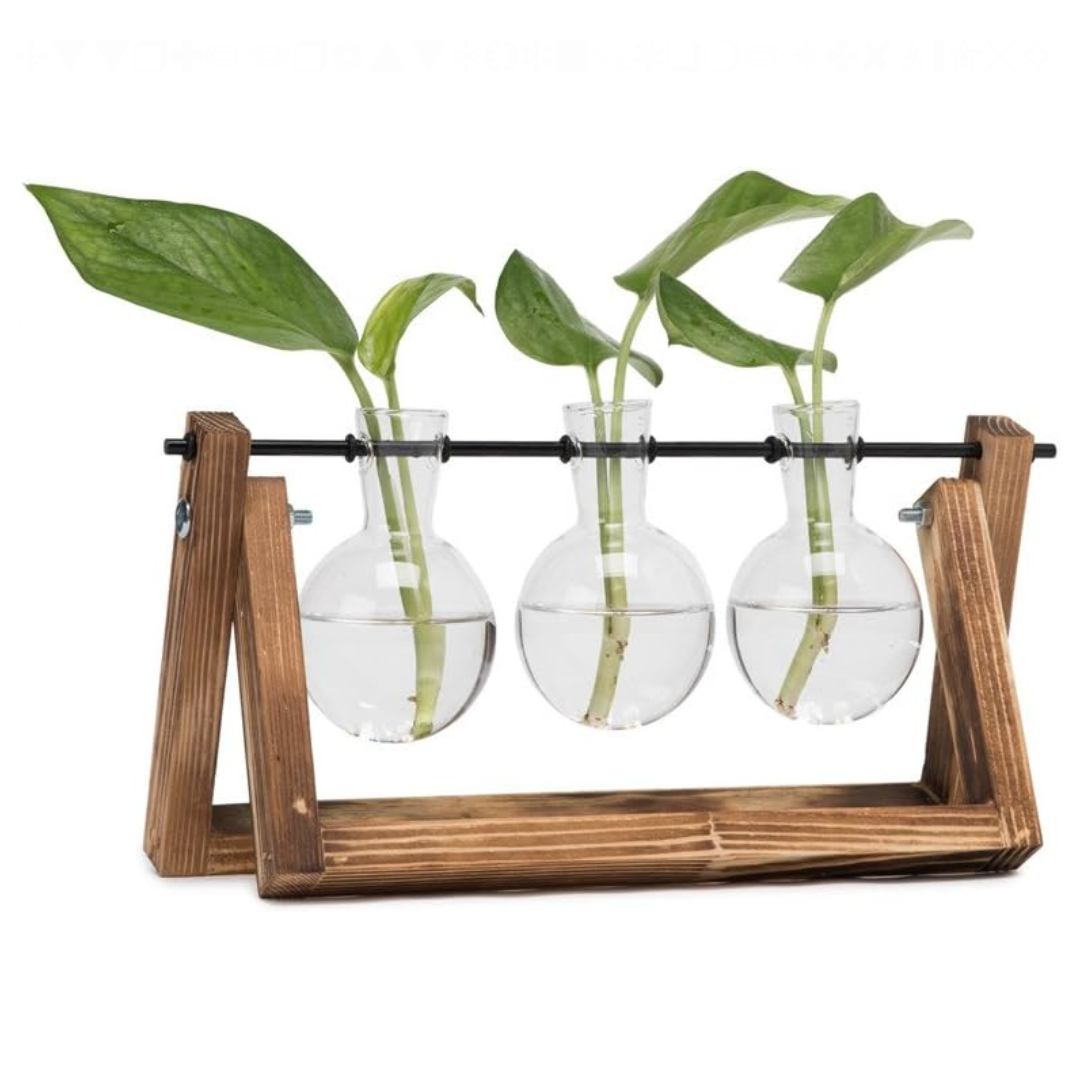Is a propagation station your autumn gardening must-have? Experts explain
Extend your summer garden's lifespan for longer


Love your garden and want to keep the green-thumbed vibes alive well into the chillier months? There's a solution that will help ensure your well-thought-through summer garden ideas continue to thrive beyond seasonal restrictions and pouring weather. Enter, propagation stations.
Let's admit it, just the name itself already sounds fun, right? Well, thankfully, it doesn't just sound appealing, but opting for a propagation station is an effective way to nurture baby plant cuttings until they're ready to fend for themselves and be on their own.
Whether you're propagating peonies, rosemary, or lavender (the list goes on and on), you can enjoy these plants all year round to preserve in the comfort of your own home. But we're getting ahead of ourselves – let's allow the experts to take the lead on this one.
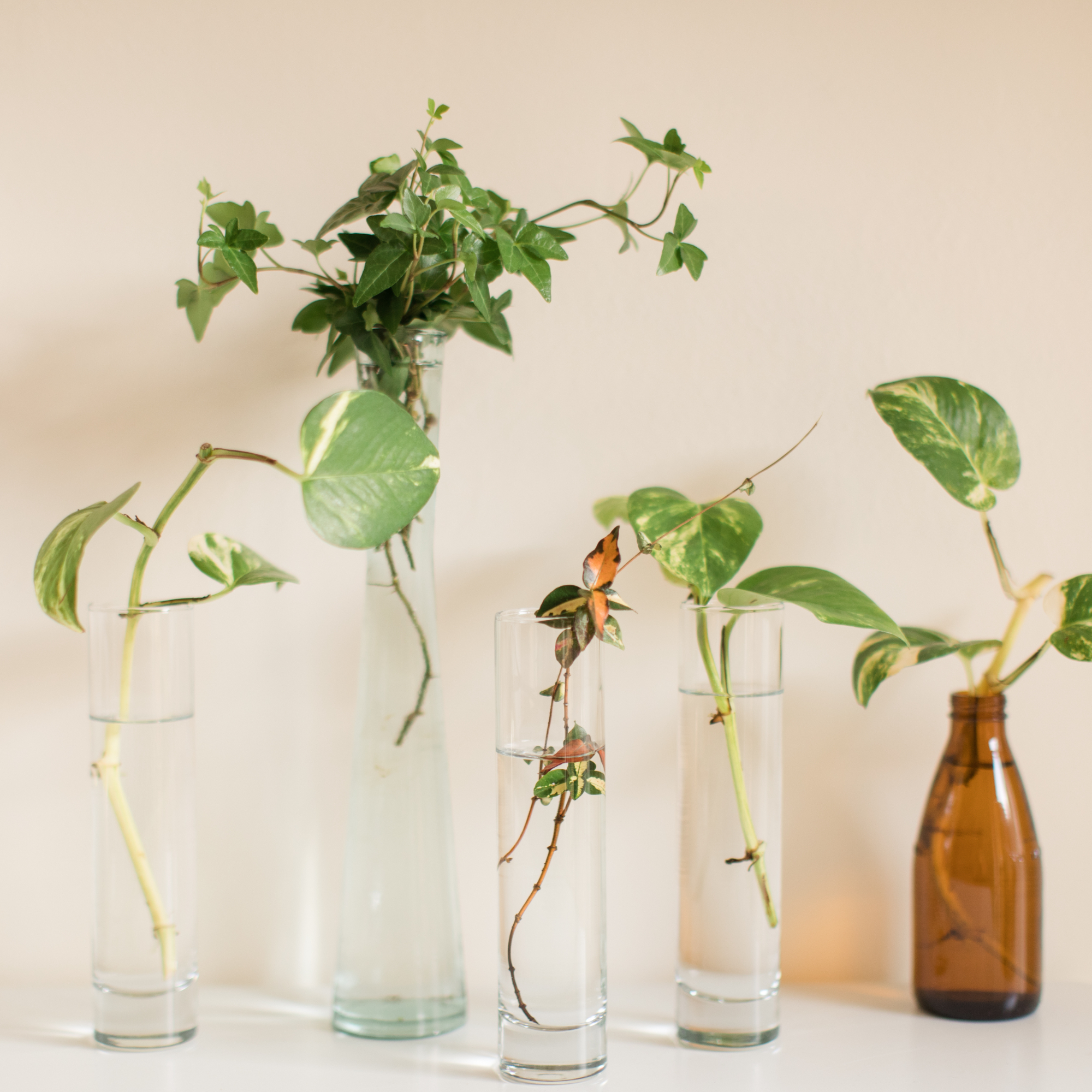
What are propagation stations?
'Before it's explained what propagation stations are, it's very important to be familiar with the concept of propagation itself,' starts Peter Ivanov, plant and gardening expert at Fantastic Gardeners.
'Essentially, it’s breeding a plant from a larger parent plant or stock. The process requires the gardener to cut a clipping from the parent plant, use the correct rooting technique and have patience afterwards.' Unsurprisingly, we recommend taking cuttings the Monty Don way (but come on, who would be in disagreement?).
Peter continues, 'There are many methods for doing that, but the most common ones are propagating the stem in water or soil, after which the plant will start forming roots and, eventually grow.'
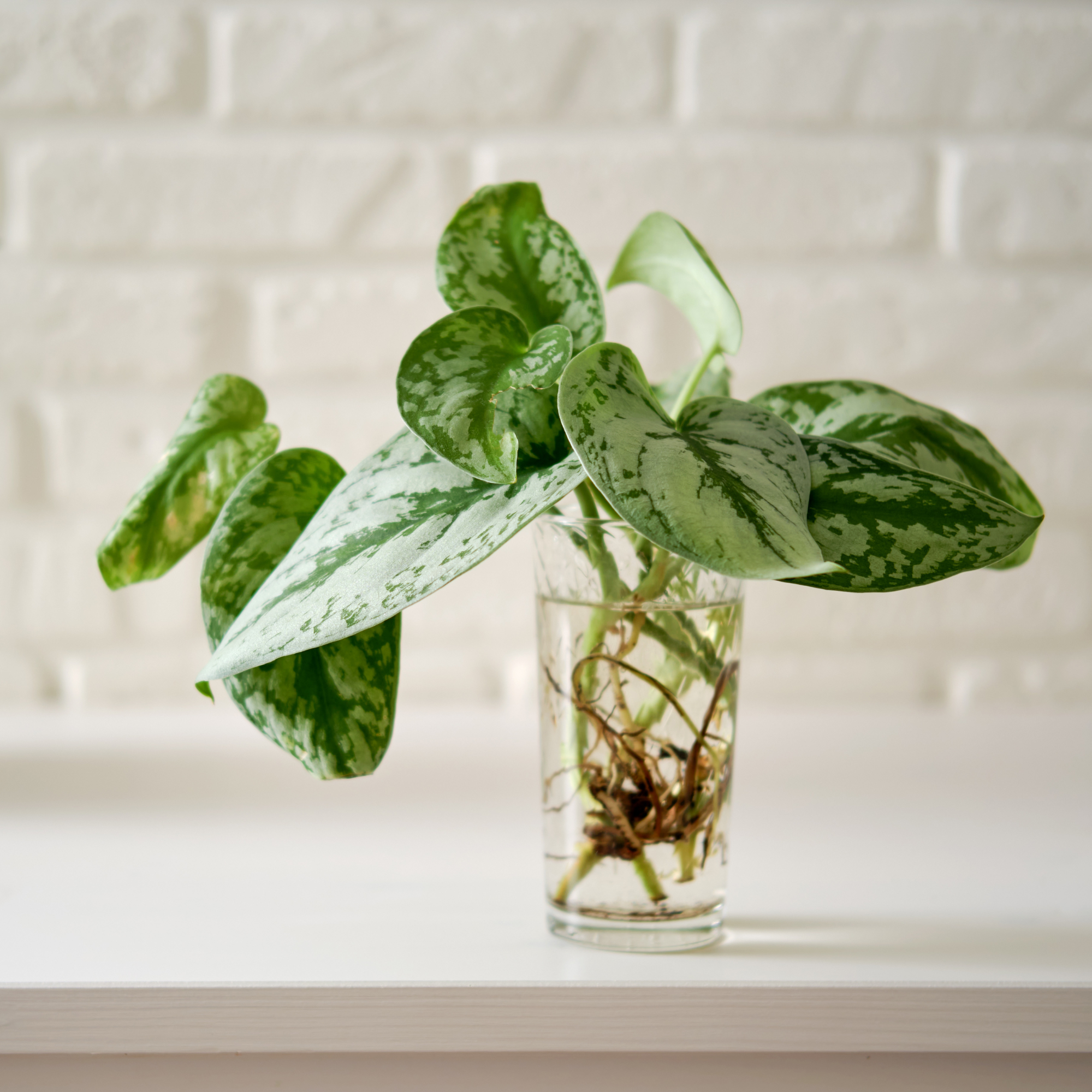
Further explaining the concept of propagation stations, Robbie Benardout, founder and editor-in-chief of Nature Roamer says, 'Propagation stations nurture baby plant cuttings until they are ready to be on their own, like a nursery for new plant life.'
Get the Ideal Home Newsletter
Sign up to our newsletter for style and decor inspiration, house makeovers, project advice and more.
'Remember those gorgeous Golden Pothos or hardy Swiss Cheese Plants you've seen thriving in gardens? With propagation, you can take clippings of those beauties and grow them inside, even when it's snowing outdoors. It's like preserving a bit of summer to enjoy year-round.'
Therefore, while it's important for gardeners to know the best flowers to plant in September and be aware of important autumn dates in line with seasonal garden trends, you can almost step away from these limitations so long as your propagation station is in full swing.
What are the benefits of a propagation station?
Peter at Fantastic Gardeners explains, 'One of the challenges of indoor gardening during this time of the year is the reduced daylight hours and lower light intensity and propagation stations equipped with grow lights can provide a controlled environment with the optimal light level, allowing plants to continue growing even in the darkest months.'
'Propagation stations can indeed be an effective and very handy solution for indoor gardening practices during the winter months,' reassures Peter.
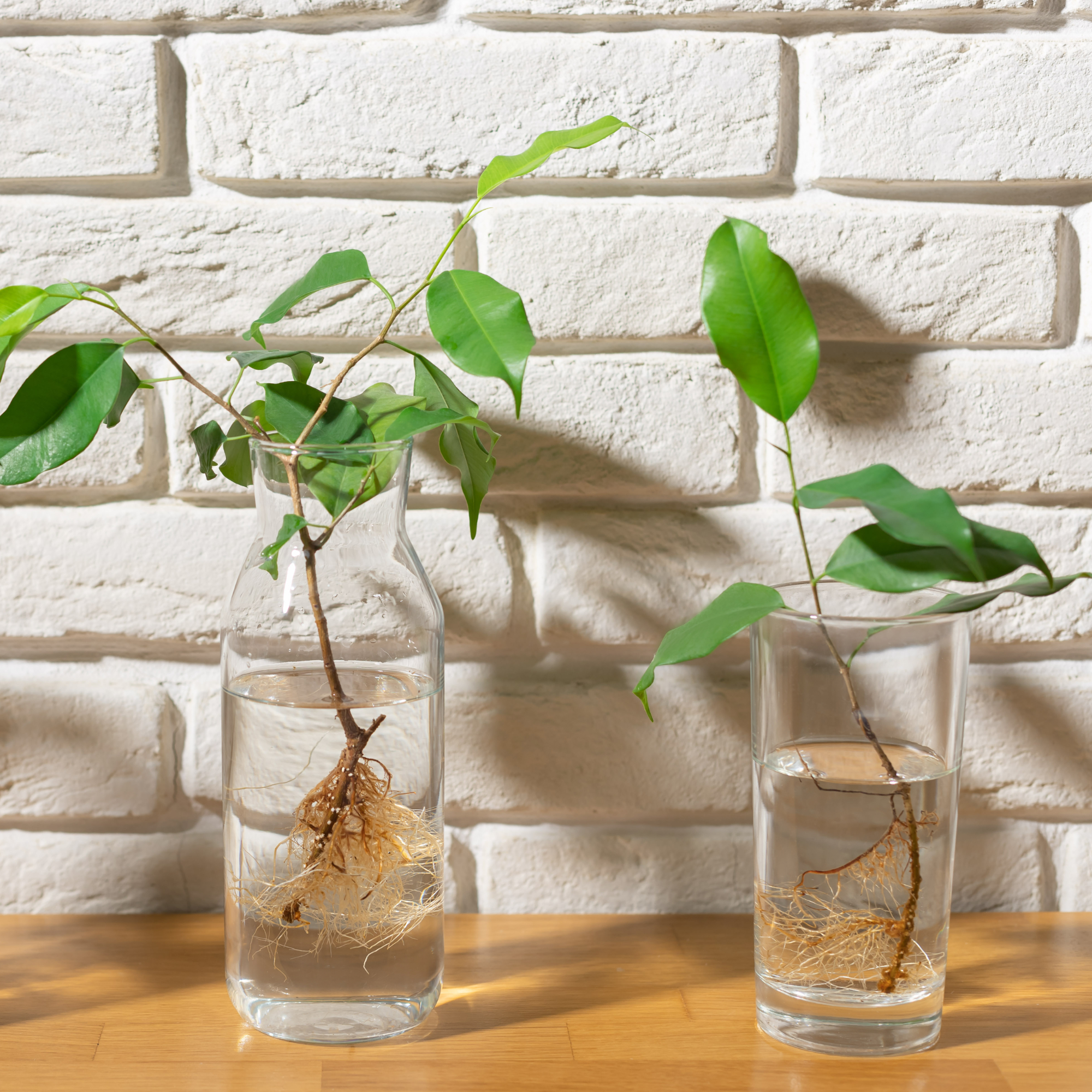
'Besides that, propagation stations allow you to create microclimates within your house, the conditions you can tailor to suit your plant's specific requirements.'
'This ability to control the climates of your plants also enables winter plant maintenance. During this colder time of the year, many outdoor garden plants enter a dormant phase and propagation stations allow you to take cuttings from your outdoor plants and maintain and propagate your favourite varieties indoors while your outdoor garden rests.'
Here are our picks of some propagation stations you can purchase online to get started.
How to set up your own propagation station
While you can always buy propagation stations as a set, you can also make your own at home using things you probably already have around your house.
'The main things you'll need to set up your own propagation station are old glasses or glass jars, which you'll fill with tap or filtered water and place your plant cuttings inside,' explains Peter. You could even use leftover dehumidifier water for plants (or grey water, as we now know it as).
On top of that, here are the other key components to consider when setting your own up, as explained by our experts.
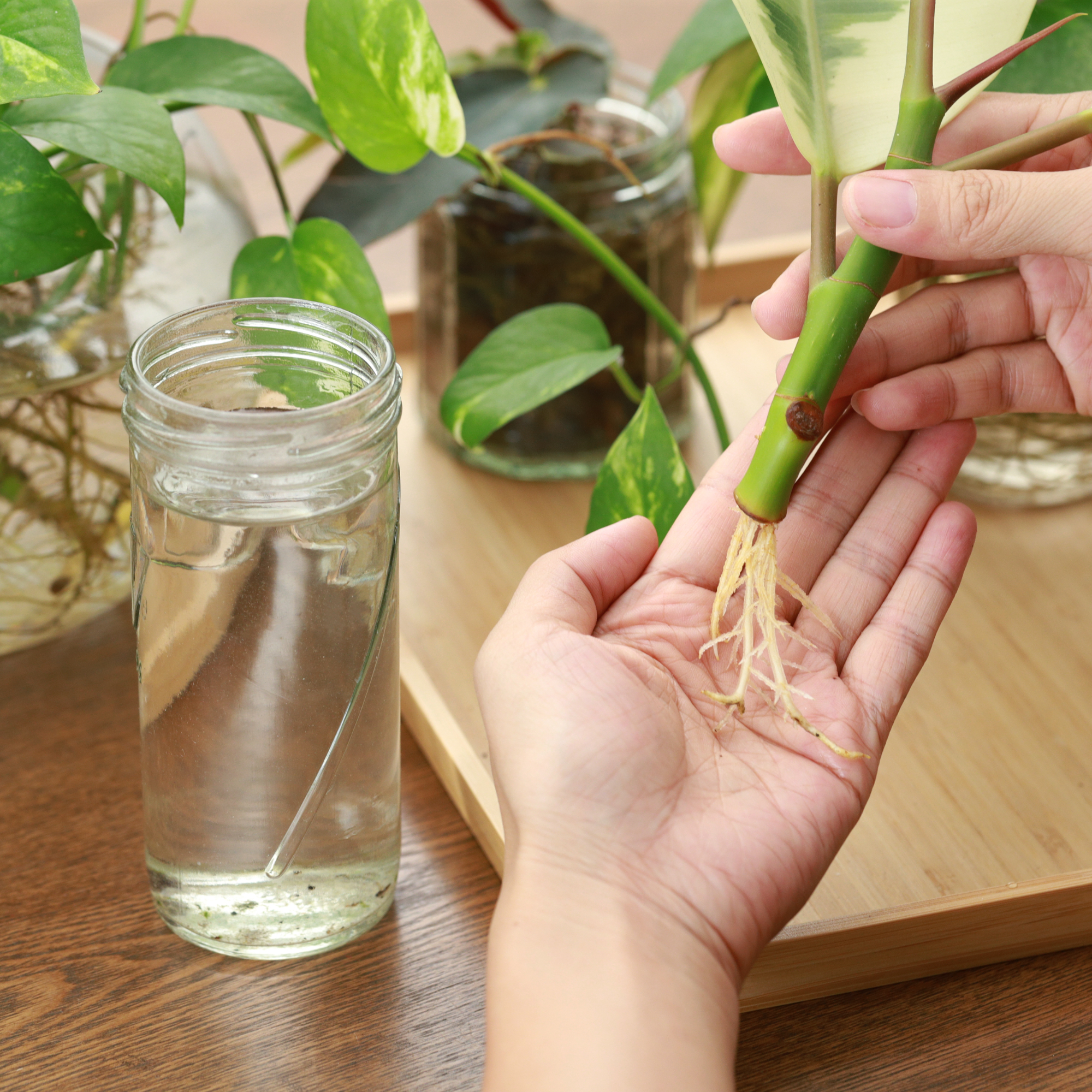
1. Containers
Propagation stations typically use small containers or trays, which should be clean and have good drainage to prevent overwatering and lead to root rot. This is a top garden watering mistake to be aware of.
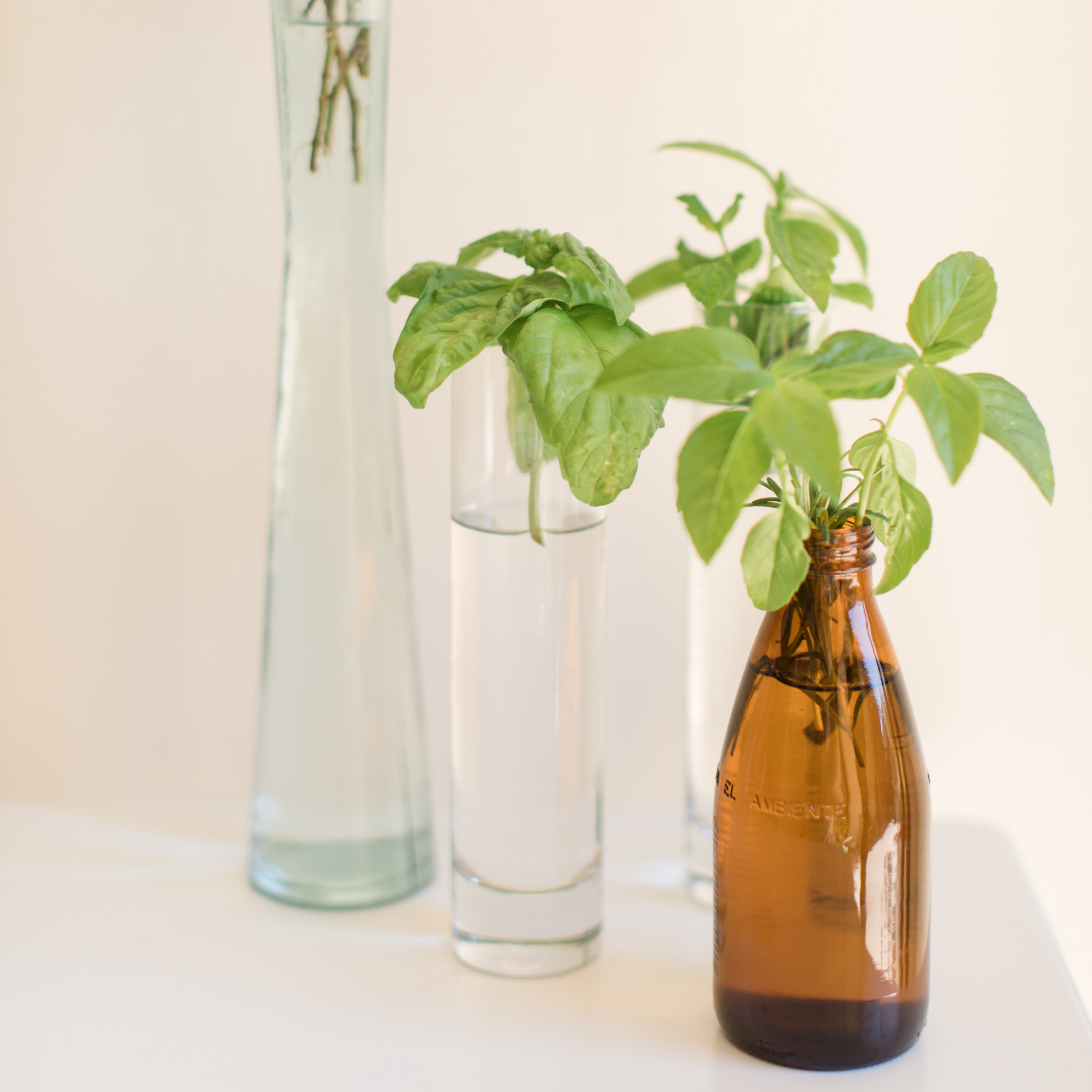
2. Growing medium
The choice of growing medium is very important when propagating a plant and it should provide good aeration and moisture retention while also being disease-free.
The most common growing mediums include seed starting mix, perlite, vermiculite or a mixture of these, depending on the propagation method the gardener has chosen.
3. Humidity control
Maintaining high humidity is often a necessity for successful propagation, especially for cuttings.
Gardeners can achieve this through methods such as using a clear plastic dome or a plastic bag to cover the container or by misting the plants regularly.
By controlling the humidity levels, gardeners will prevent excessive moisture loss through transpiration.
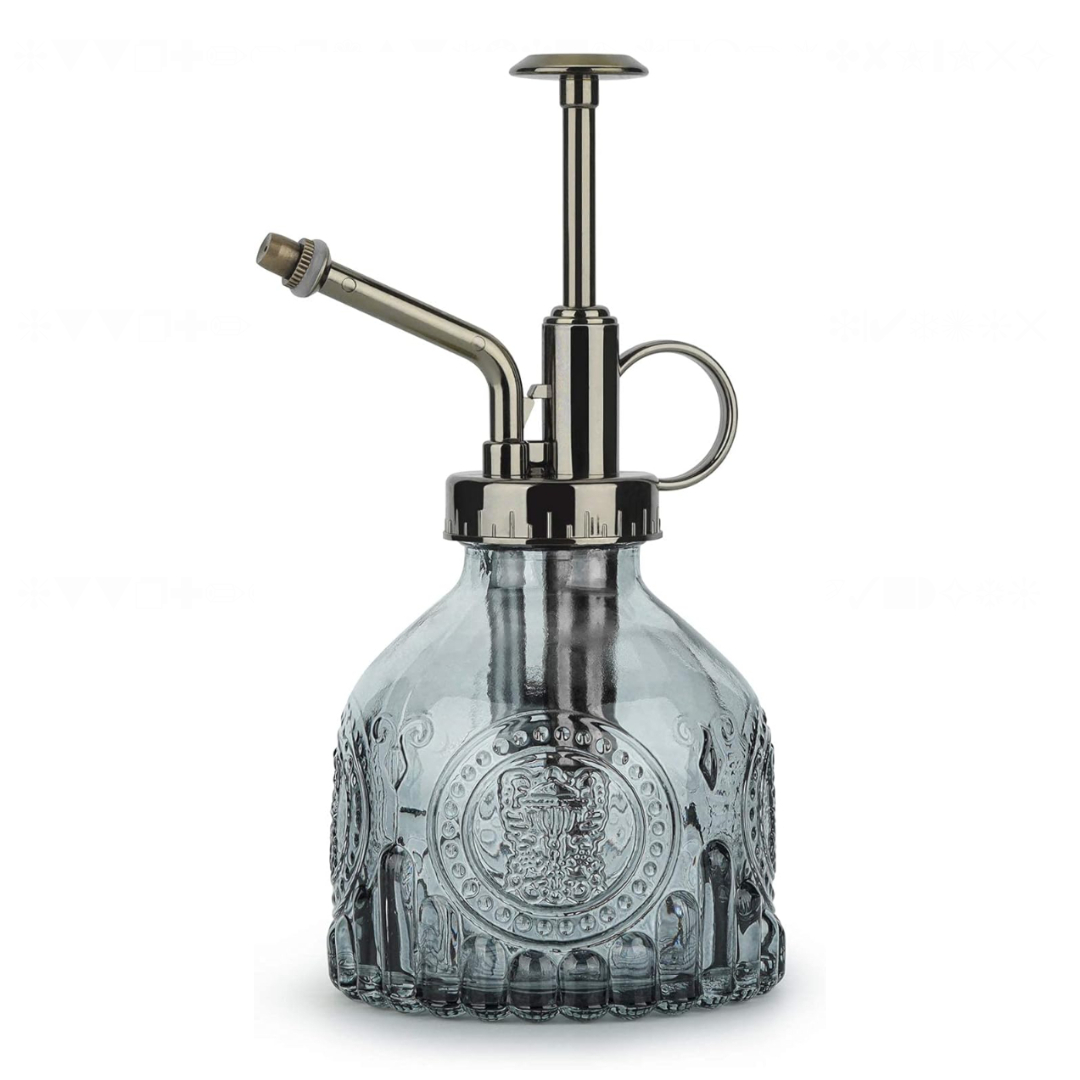
This 200ml plant mister provides adequate water for keeping your propagation station's humidity levels up and your plants healthy and happy.
4. Temperature
Maintaining a stable temperature is another important aspect of plant propagation. Most plants root best in temperatures between 21 and 24°C, so using a heating mat or placing the propagation station in a warm location can help maintain the right temperature.
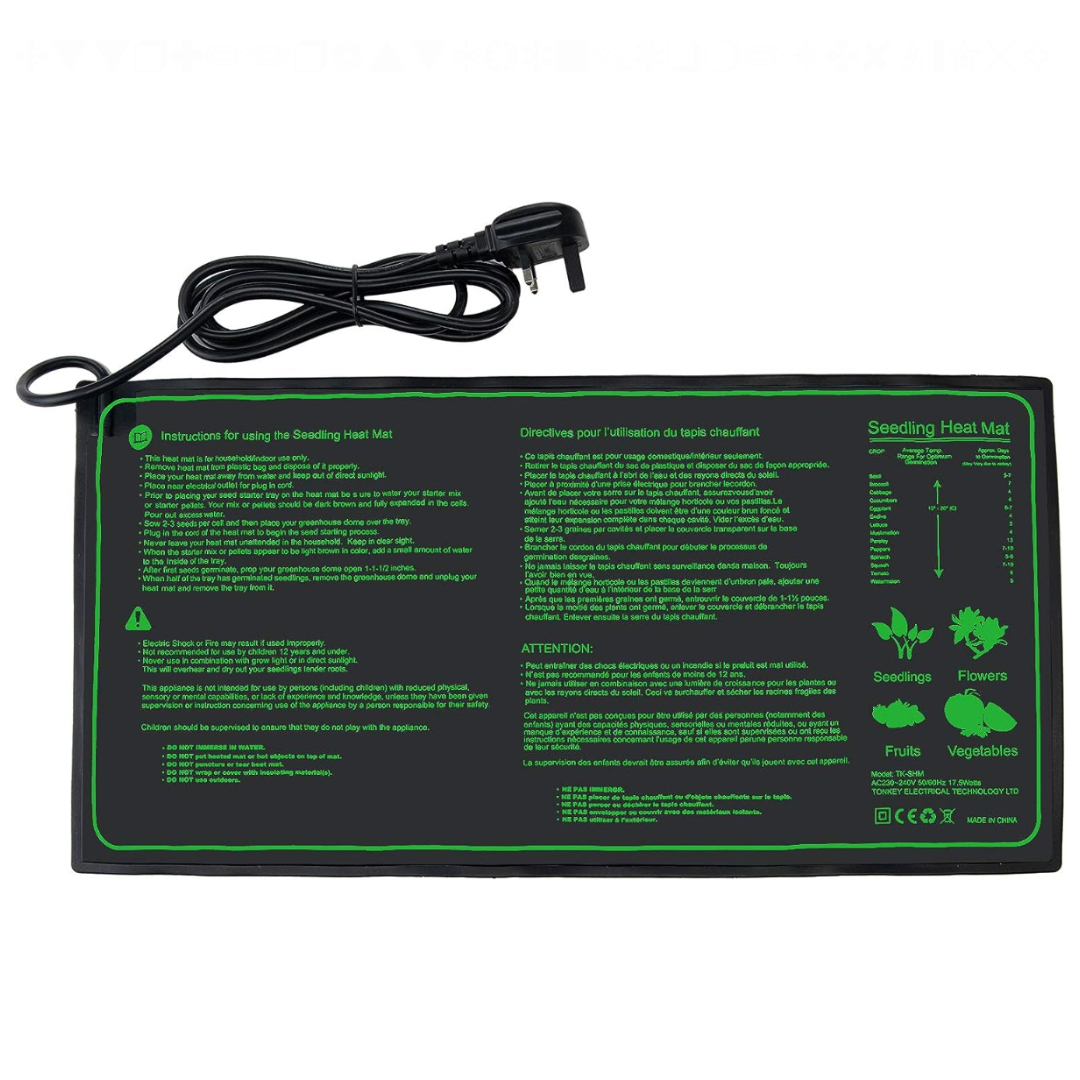
This heat mat effectively promotes the healthy growth of plants, allowing them to survive colder weather and thrive despite the seasons.
5. Lighting
Depending on the plant's needs, providing adequate lighting will also be essential. Some plants require bright indirect light, while others may need more direct sunlight and using grow lights in a propagation station with the appropriate spectrum can be beneficial, especially with indoor propagating.
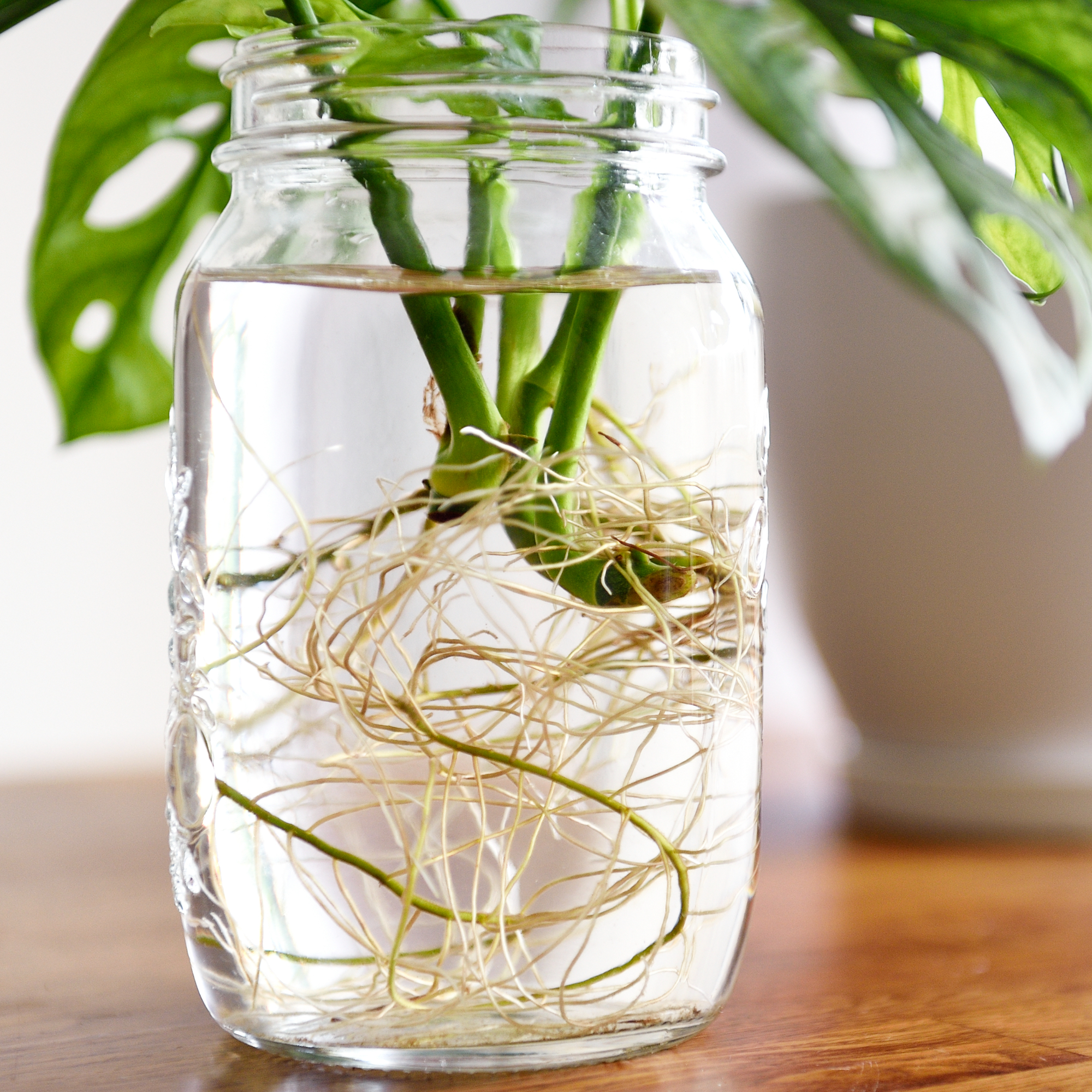
However, Robbie at Nature Roamer chimes in, 'It's not always simple, of course. Clean tools are essential to prevent diseases. While spring and summer are considered ideal for propagation, with plants actively growing, I've had success propagating in winter too. Just ensure fledgling plants receive indirect but ample light.'
Peter concludes, 'Indoor propagation during winter can be an educational and fun experience as it provides an opportunity for learning about plant growth and propagation methods which you can apply. It can also be a rewarding hobby, especially when you see the success of your efforts as your plants root and grow.'

Jullia was Ideal Home’s Junior Writer from 2022-2024 and the Ideal Home Certified Expert in Training on Vacuums having spent over 60 hours testing different models. She’s always loved all things homes and interiors, graduating with a bachelor’s degree in Architectural Studies from the University of Nottingham where her love for writing blossomed following her internship at ArchDaily. Now focused on home tech and cleaning, Jullia works on writing features and explainers to help people make the most of their home appliance investments, putting the newest launches through their paces. When she isn’t writing, she loves exploring the city, coffee shop hopping, and losing hours to a cosy game or book.
-
 5 signs you’ve taken decluttering too far — and how you can pull yourself back, according to organisation experts
5 signs you’ve taken decluttering too far — and how you can pull yourself back, according to organisation expertsYou might have to start resisting the urge to purge
By Lauren Bradbury
-
 What is the Party Wall Act 3m rule and is it something you should be worried about? This is what the experts say
What is the Party Wall Act 3m rule and is it something you should be worried about? This is what the experts sayDon't get caught off-guard by the Party Wall Act 3m rule — our expert guide is a must-read
By Natasha Brinsmead
-
 Shoppers can’t get enough of The Range’s lemon tree, but I’ve found an even cheaper bestseller at B&Q - it’s perfect for a Mediterranean look
Shoppers can’t get enough of The Range’s lemon tree, but I’ve found an even cheaper bestseller at B&Q - it’s perfect for a Mediterranean lookWelcome the summer with this glorious fruit tree
By Kezia Reynolds
